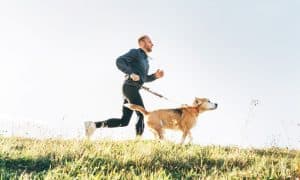“This post contains affiliate links, and I will be compensated if you make a purchase after clicking on my links.”
Running is one of the most popular forms of fitness training. If you’re a dog owner, you have probably thought about trying out this form of activity with your pet.
Exercising with your dog is fun, and they make the best running companions. Research says that owning a pet encourages healthy habits and provides support and motivation. In this blog post, we’ll talk about a few things to know if you plan to run with your dog.
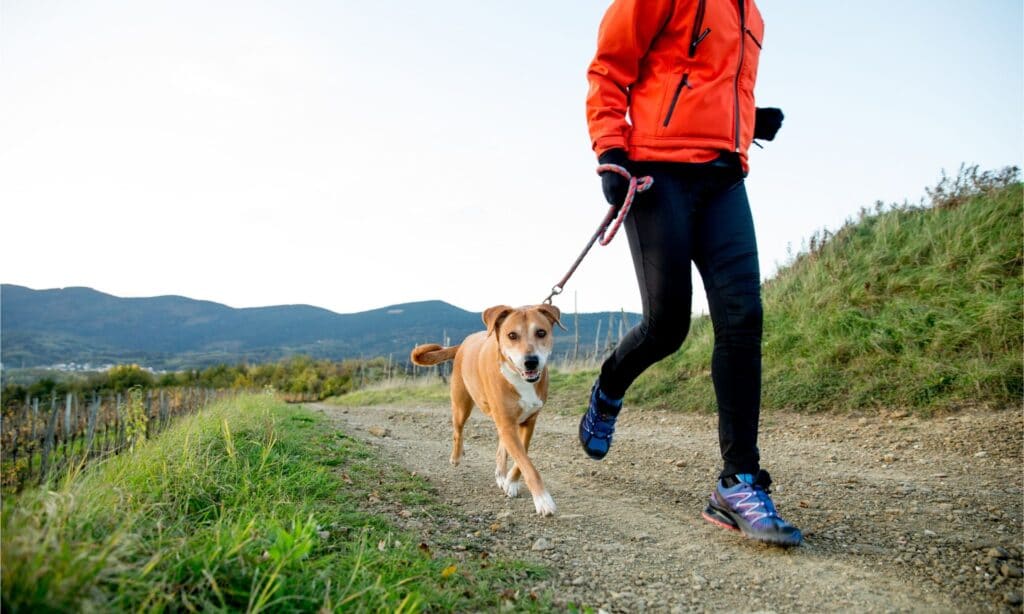
Finding Your Running Partner
While certain dogs are naturally built for different conditions, their capacity to run is not always related to their size. Some may be better suited for short runs, long runs, or running on trails. Greyhounds, Golden Retrievers, Pit Bulls, Jack Russell Terriers, and Labrador Retrievers are a few of the best types of dogs for a runner. Reading more about your dog’s breed is also recommended, as some are not cut out to be your running companion. For puppies and old dogs, you might want to make some considerations. Running is not safe for puppies until they are fully grown, and old dogs get tired faster than normal. You can consult with your veterinarian to get the best advice before running with your dog.
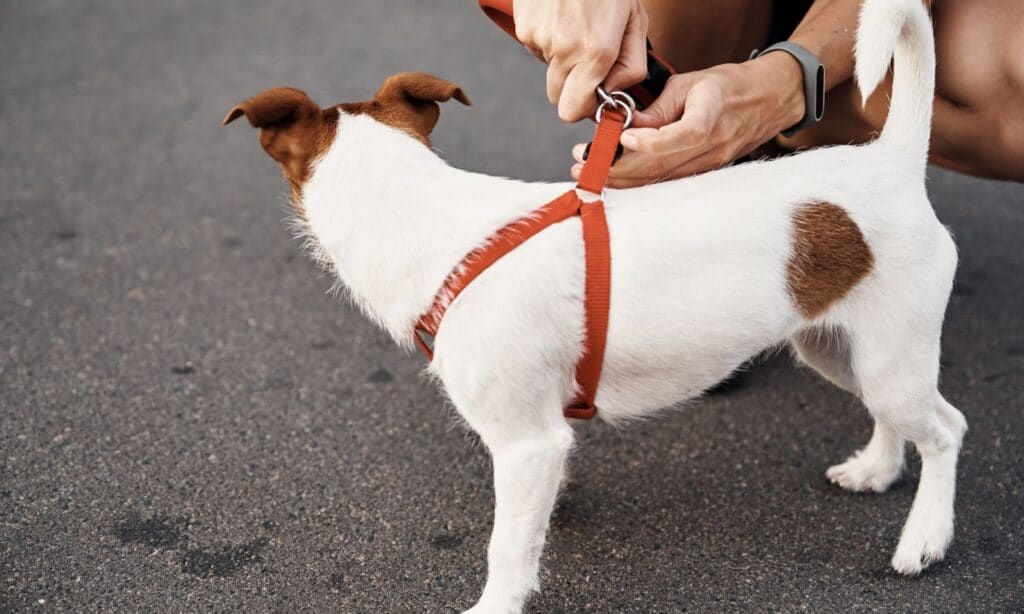
Taking The Right Running Gears
Safety is always a priority. Bring appropriate running gear such as leashes, harnesses, pet water bottles, and poop bags when running with your dog. In most places, keeping dogs on a leash is part of the law, and there are a ton of good reasons for doing it, especially when they haven’t had the proper training to be off-leash. Using a leash ensures safety for you and your dog and reduces the risk of accidents and injuries. If your dog is not comfortable with a leash, one great option is a good-quality harness. Poop bags, along with leashes, can be part of the law when running pets. But aside from that, it is a basic common courtesy to pick up after your dog in public places. Water bottles are also essential when running. Just like humans, dogs need to stay hydrated while exercising.
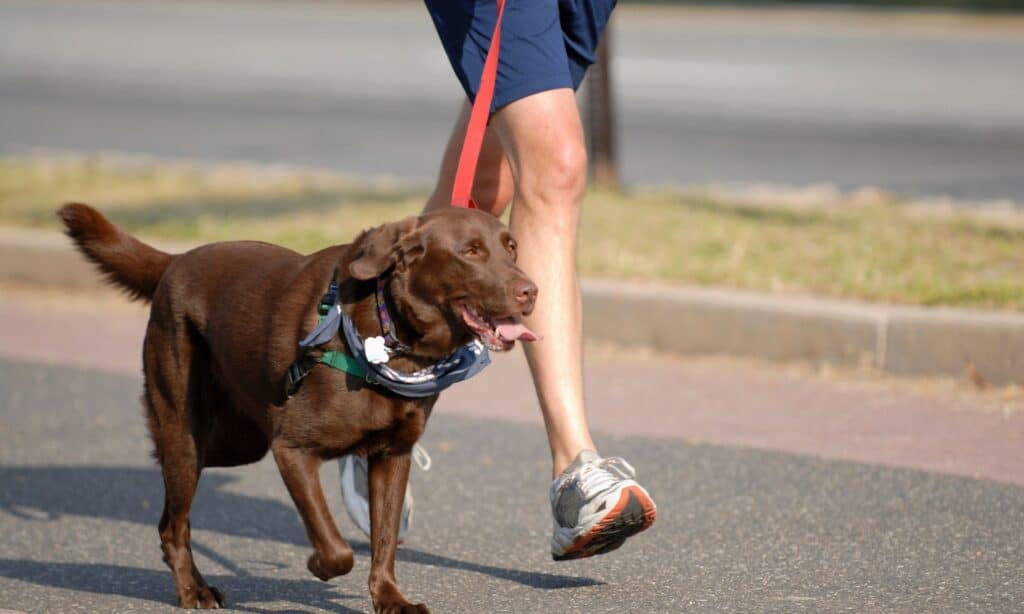
Start Walking Before Running
It is a good idea to check your dog’s stamina by walking before running. Start slowly and condition your dog to run with you. This is particularly important for dogs that have had little to no physical activity before, as it might lead to injuries and medical problems. Any noticeable bruises, limping, and difficulty in lying down or getting up might mean you pushed your dog too far. You can try to increase the distance and pace gradually once he is comfortable.
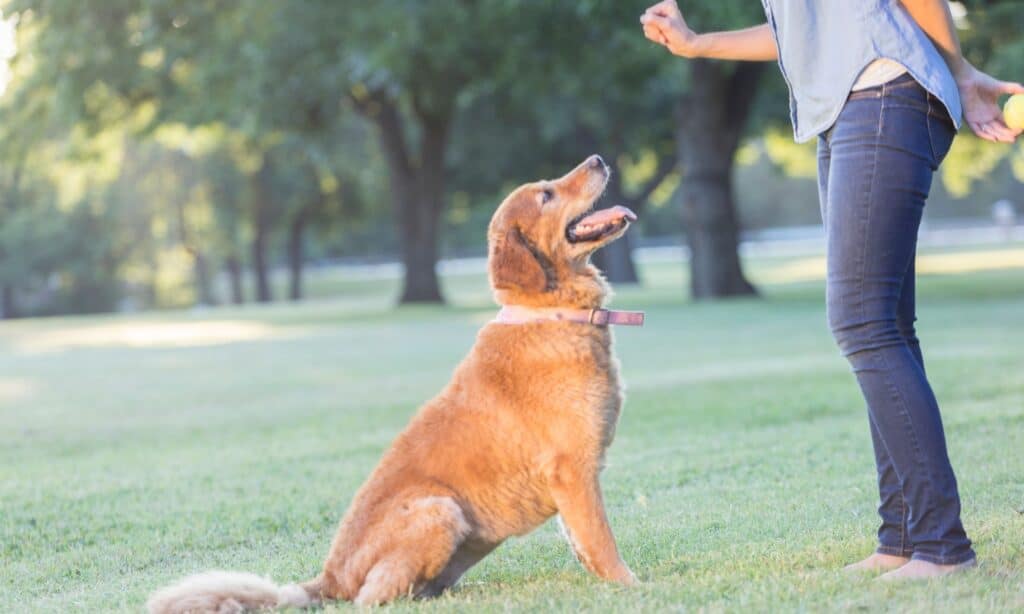
Developing Verbal Cues
If your dog likes to lead the way, verbal cues are extremely helpful. Use brief commands like “stop,” “slow down,” “let’s go,” or “move it.” Associate the cues you give with the appropriate response you would like to see from them. This helps you communicate effectively during the training period.
Finally, remember to have a good time with your dog! Keep things fun and enjoy the benefits that you can get from running.

